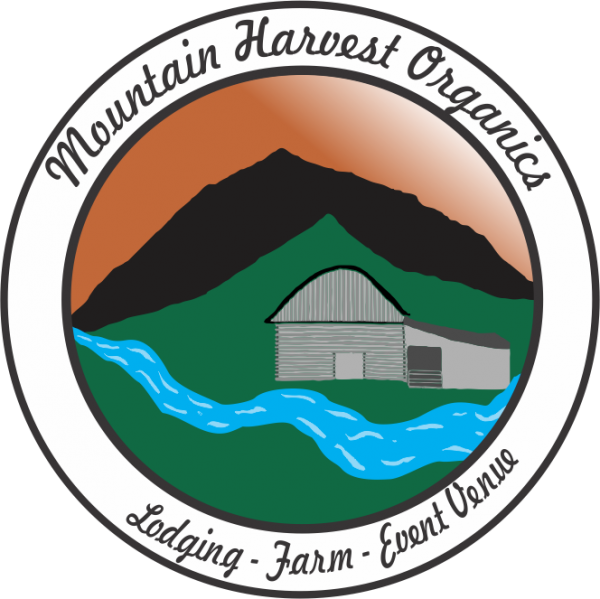Projects, WP Migration
Vermicompost – is it really raw manure?
We have been making vermicompost here on the farm for about a decade. Each season we construct a new compost pile that is roughly 50 feet long by 5 feet across. We first put a layer of straw/goat poop from mucking out the goat barn. This is followed by a layer of horse manure from mucking out the horse barn. Then, throughout the season, we are feeding the worms our cull vegetable scraps and the plant starts that we decide aren’t worthy for transplanting to the field. We normally add a couple front-end loaders full of vegetable scraps each week throughout the season so our worms are very well fed.
Each week we must make the difficult decision as to who gets our vegetable culls. We on the farm eat culls each week because the culls are very tasty even though they might be blemished. But then what to do with the culls we don’t eat? Should it be the Society of Saint Andrew (SOSA) who collects food for the needy? Or should it be the chickens? Perhaps the pigs? The worms? We think that the worms should get most of it because the chickens are free ranging (most of the time), the pigs are raised on pasture, we always plant a little extra that we hope to harvest for SOSA, and while the soil is providing all the food we feel strongly that we should give back to the soil what the worms make from the soils bounty.
The worms, the specie we are using anyway, is the red wiggler. It can tolerate a little warmer soil temperature than the earthworm or night crawler and does an incredible job in transitioning our compost into gorgeous dirt. The NOP (National Organic Program) considers our compost “raw manure”, because NOP’s definition of compost is, “The product of a managed process through which microorganisms break down plant and animal materials into more available forms suitable for application to the soil. Compost must be produced through a process that combines plant and animal materials with an initial C:N ratio of between 25:1 and 40:1. Producers using an in-vessel or static aerated pile system must maintain the composting materials at a temperature between 131°F and 170°F for 3 days. Producers using a windrow system must maintain the composting materials at a temperature between 131°F and 170°F for 15 days, during which time, the materials must be turned a minimum of five times.
We don’t use heat, especially between 131 and 170 degrees to make compost, because after all that would kill the worms. So because the NOP considers our compost “raw manure” we can’t use it on a crop that will be harvested within 120 days of application; therefore we add our vermicompost to our greenhouses in the fall of each year just to be sure that we aren’t applying our compost (or raw manure) to our crops within 120 days of being harvested.
Many businesses or individuals who are into vermicomposting will sift the compost, separating the worm castings from the worms, so that the castings can be sold as fertilizer. We just use a front-end loader to add our vermicompost directly onto the ground in our greenhouses – worms, castings and all – and have found that it has helped the soil structure of the greenhouses over time and thus our greenhouse soil can grow some tasty veggies!



